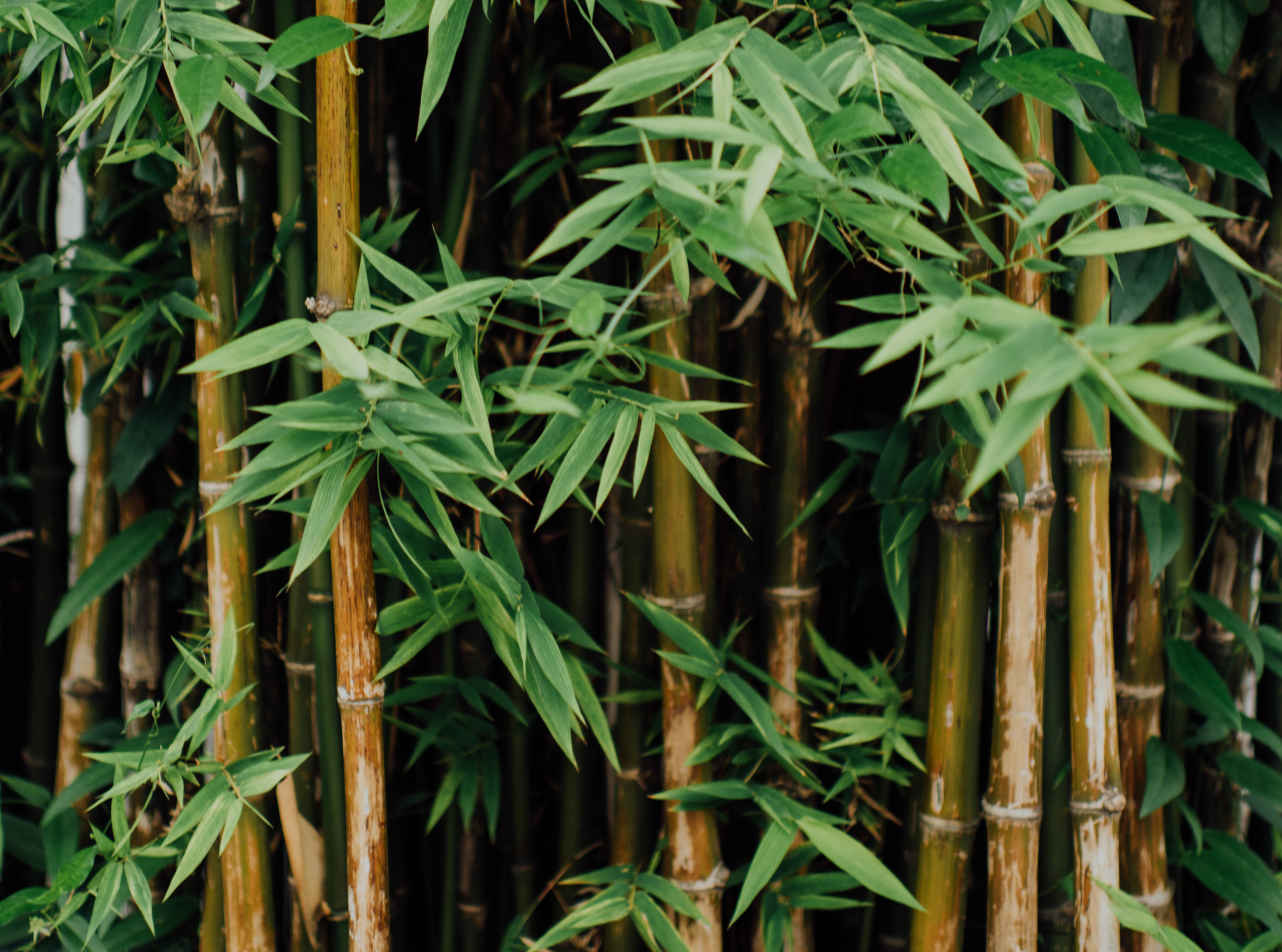Agribusiness is a large sector with promising products for investors. Many of you may have heard of forestry investment schemes, but non-timber, or non-wood forest products also offer a diverse range of products as an appealing alternative investment opportunity. Are you confused about what non-wood forest products are? No worries! We made sure to write an introduction for you.
What Are Non-Wood Forest Products?
Non-timber forest products (NTFPs) are a diverse range of special, minor or alternative products that are grown and found in forests but don’t require logging to be harvested. So, timberwood would be an obvious example of a forestry product, since timber is then cut-down and logged to be harvested to obtain the final product. NTFPs can include nuts, spices, wild game animals, peat, oils, medical plants, mushrooms, fish, bamboo, coconuts, herbs, spices, peat, honey, and maple syrup just to name a few. These products can then be used for food, cultural purposes or even for health.
NTFPs can be produced in a number of ways:
- Gathered outdoors, by either timber-produced or non-timber produced forests (such as wild berries)
- Produced in the forest under some level of management (such as maple syrup)
- Produced in agroforestry systems (wild ginseng harvested as field crops)
- And finally, some products don’t need any or require little processing
NTFPs can be classified in these three groups:
- Forest-based foods
This is the most popular group. Some examples are wild berries, mushrooms or maple sugar and edible native plants, such as wild ginseng. These products can be used directly for the final product for consumption, such as durians or coconuts, or it can be used as a key ingredient for other foods. - Ornamental forest products
These can include horticultural species bred from wild species (like cedars and maples), decorative products like Christmas trees or dried floral decorations, and novelle wood products. - Forest plant extracts used for health or personal care products
This can include essential oils and other ingredients used for cosmetics. Paclitaxel (also known as Taxol®) is another example that is extracted from ground hemlock and then used as a chemotherapy agent.
NTFPs Supporting Local Livelihoods
Many minority areas around the world depend on NTFPs for their household livelihood and income. In addition to providing direct food, it can be sold and provide the main source of income for some ethnic minority groups. In Vietnam, the wild uoi berry is collected three months out of the year, when people flock to forests for a few days. Bamboo shoots, vegetables and mushrooms are also NTFPs products that are sold as an important source of income in Vietnam.
Another example is in Sri Lanka, where curry leaves are sold as an important part of the local income. The velvet tamarind tree is also another NTFPs there that can be harvested and sold. These are just a few examples, but there are many similar ones around the world.
How Can You Invest in NTFPs?
Now that you have a brief intro to what NTFPs are, how can you start investing in them? Read our Top Tips to Consider When Investing in Agribusiness to find out how to start considering your next investment. We will highlight more NTFPs in future features so you can get familiar
Sign up to our newsletter to get our latest features sent straight to your mailbox. Subscribe Here


